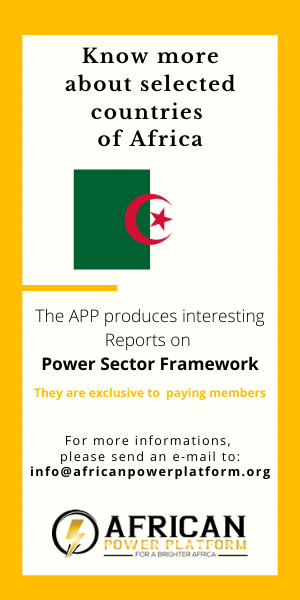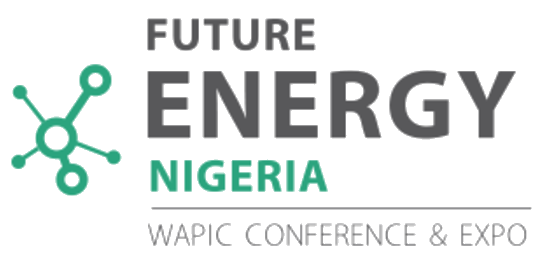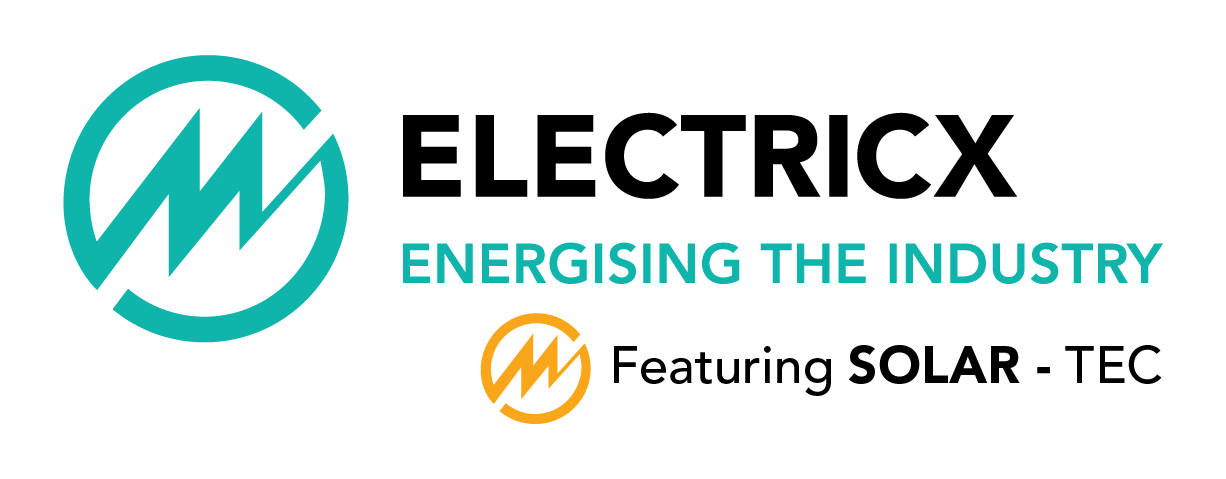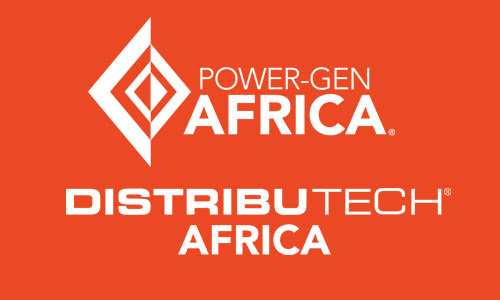4 July 2022: The Africa Minigrid Developers Association (AMDA) has today called for more support from governments and donors to the minigrid sector in Africa, which has shown strong resilience in the face of the COVID-19 pandemic but continues to face financial, policy, and regulatory constraints.
This follows the launch of the second edition of ‘Benchmarking Africa’s Minigrids report,’ a flagship report for AMDA, an industry association created by minigrid developers to boost the health of the sector and deliver on global renewable energy access objectives.
The report shows that the minigrid industry in Africa doubled the number of people it connected to modern and reliable electricity in the last two years amidst the COVID-19 pandemic. Today, more than 500,000 people, healthcare facilities, schools and businesses in Sub-Saharan Africa are now accessing stable electricity thanks to minigrids.
However, the sector is struggling to scale up and realise its potential to accelerate access to clean and affordable energy, particularly in rural areas in a continent with nearly half its population, 600 million people, still lacking access to electricity.
“We have an opportunity to build dynamic, intelligent and renewable energy infrastructure that helps grow communities and economies. Energy is the foundation for all of the SDG’s and as such needs the kind of support from Governments and donors that traditional utilities have received. This is critical for the sector to realise this potential and provide stable renewable energy infrastructure to Hundreds Millions of people” says Jessica Stephens, Chief Executive Officer at Africa Mini-grid Developers Association (AMDA).
Highlights of the findings
The report presents an in-depth analysis of changes that occurred in the industry in 2020 and 2021, including the impacts of the COVID-19 pandemic, and uncovers emerging opportunities for achieving immediate scale and long-term sustainability.
Key findings include:
Sector Growth: The number of connections almost doubled from 40,700 connections to more than 78,000. The number of operational private sector minigrids grew by 39%, from 288 sites in 2019 to 400 in 2021.
Revenues and Operating Expenses (OPEX): Revenues grew consistently as operational costs dropped, indicating that the industry is approaching financial viability. The Average Revenue Per User (ARPU), a key metric of industry sustainability and business success, was $8.30 per month for sites commissioned before 2019, up from $4.29 in the previous AMDA report.
Slow disbursement: Financing of the sector remained slow due to the continued government bias toward the centralised grid. In 2020, only 13% ($208 million) of the $1.6 billion of concessional capital committed to the minigrid industry was disbursed to minigrid developers despite progress on all business metrics across the industry. Perceived risk, complex fund design and the time frame to get through regulatory compliance are hindering the ability to disburse concessional capital.
Policy and Regulations: Licensing remains a substantial hurdle with projects often taking more than a year for approval due to complex regulatory frameworks. There is an urgent need to create a regulatory structure that reflects the decentralized nature of minigrids, that allows for bundling sites and bulk licensing of portfolios.
Minigrids as the Growth Engine for Local Economies: Minigrids continue to outperform national and sub-national utilities on service metrics, including up-time, power quality, number of reliable connections and downstream job creation.
“We hope that the insights provided in this report will spur action. AMDA is collaborating with sector players to address market barriers and leapfrog the development and scaling of minigrids that are essential in ensuring the achievement of energy access goals,” said Jessica.
The Report was prepared in partnership with Odyssey Energy Solutions and Economic Consulting Associates (ECA). It builds on data and findings from the first benchmarking report published in 2020. It is the first and only sectoral report that provides a comparative analysis of consumption and revenue trends for the same minigrid sites over multiple years.
###
About Africa Minigrid Developers Association (AMDA): AMDA is an industry association created by private sector minigrid developers and operators, donors and investors seeking to improve market conditions for minigrid companies. This includes working to improve policy, regulation and investment towards ending energy poverty by 2030 as part of the Sustainable Development Goals. Today, AMDA represents over
42 companies, who are operating minigrids across 19 countries. For more information, visit: africamda.org.






















